We’re at the beginning of a chat boom in ecommerce. With chatbots predicted to tackle85% of customer service interactions by 2020, the time is now to get ready.
This article breaks down how you can use an ecommerce chatbot — with an emphasis on Facebook Messenger — to drive acquisition, retention, and loyalty.
Note: we won’t get into technical elements like coding, developing, or engineering chatbots. Instead, I’ll call attention to where native integrations with Shopify, Shopify Plus, or Shopify apps exist (for ease of use) and provide concrete examples of what the methods look like in action.
Drive Customer Acquisition
Incentivize Sales with Coupons
Go Beyond the Coupon
Increase Conversions
- Personalization Inside Messenger
- Product and Purchase Suggestions
- Increasing Conversions Using Help Guides
- Augmented Reality (AR) Experiences
- Product Finders to Aid Purchase Decisions
- Messenger Cart Abandonment Recovery
Retain and Engage Existing Customers
- Transactional Messages: Untapped Revenue
- 销售支持的机会
- Product Lifecycle Offers
- Drive Referral Easily
- Loyalty Programs
- User-Generated Content (UGC)
- Unboxing Experiences
Drive Customer Acquisition
Facebook Messenger bots reduce friction in capturing and engaging with leads. How? Here are four no-friction ways to integrate bubbles and buttons into your customer journey:
1. Chat Bubble
If you’re on Shopify or Shopify Plus,Facebook’s native Messenger integrationmakes initial set up simple:
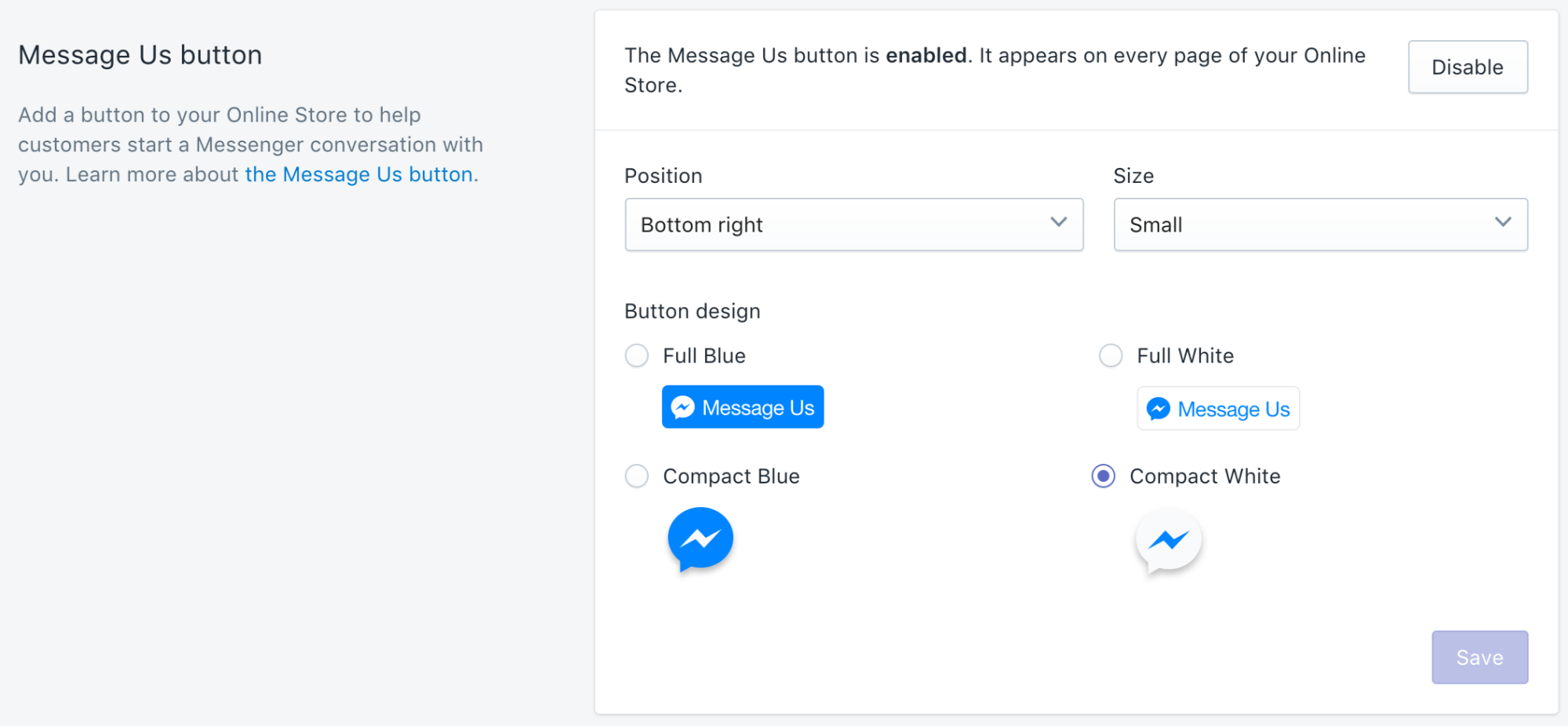
Once enabled, your chosen chat bubble icon will appear universally and allow visitors to interact with you via their Messenger account on Facebook:

2. Product-Page Buttons
In addition to a universal chat bubble, you can also add customized buttons.
Shapes and sizes vary, but product-page buttons sending leads straight to Messenger — as long as the call-to-action language is relevant — should be your second point of integration.
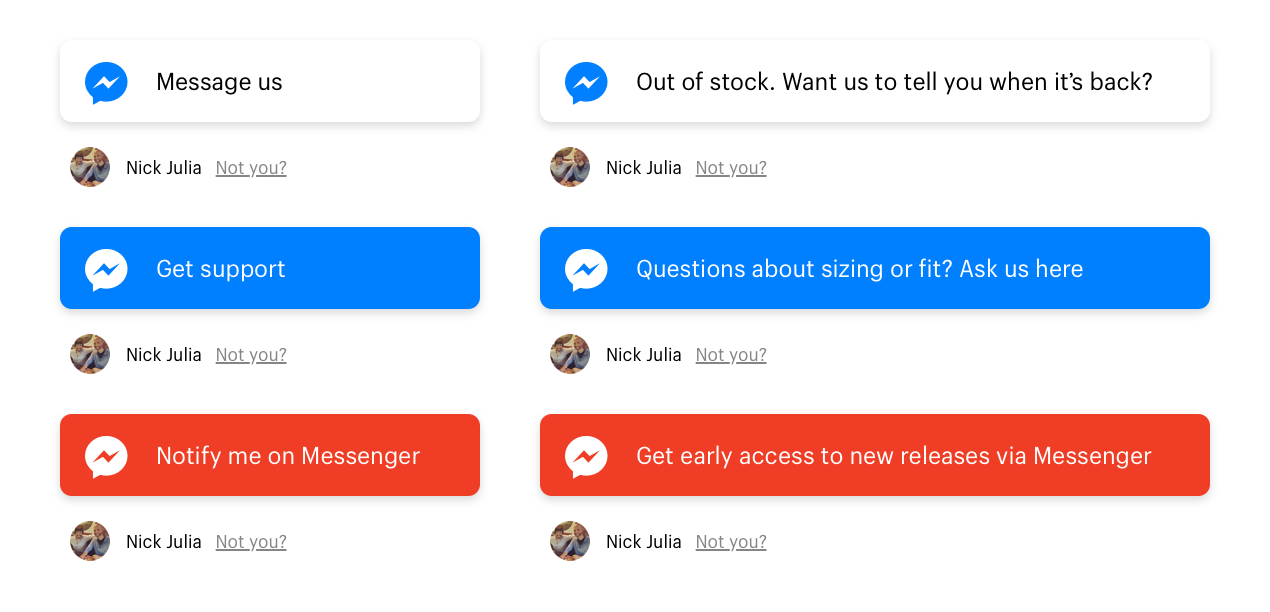
Bot responses should flow from the text of the buttons so that there’s one-for-one alignment:

3. Facebook Page
Your Facebook Page is also a frontline location to set up “Send Message” to your bot:

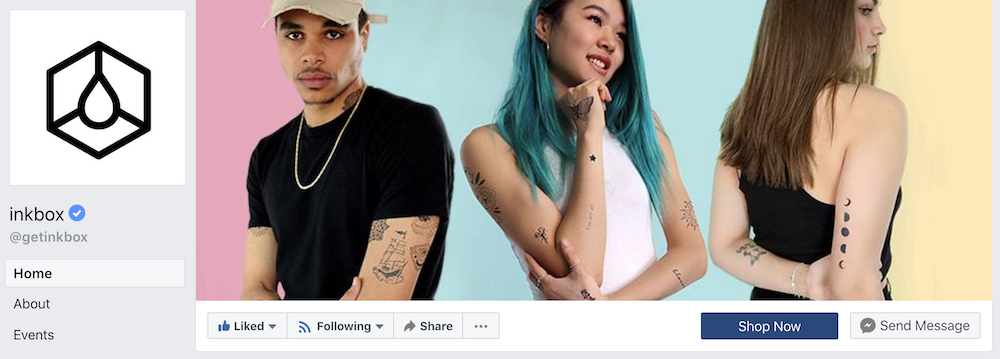
Here, the most obvious first response should either be a welcome message or an answer to the question a visitor submits.
4. Facebook Ads to Bots
In this instance, clicking the ad doesn’t go to a landing page, but instead triggers the Facebook Messenger bot.
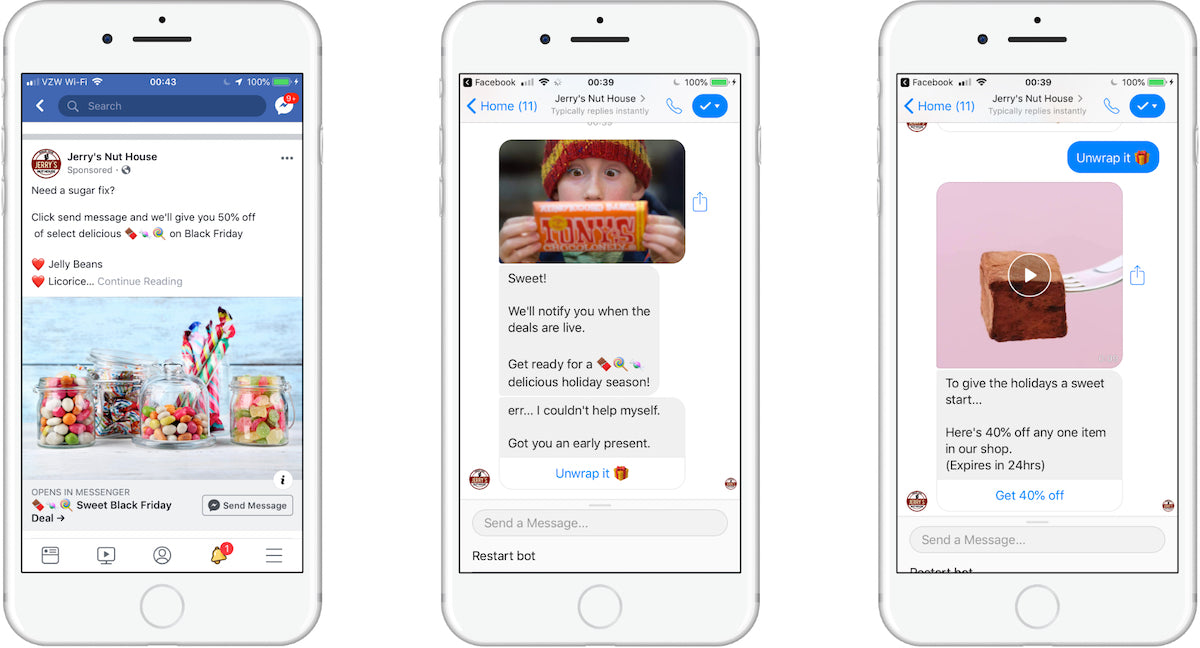
Traditional opt-in forms require name and email (at a minimum).
Chatbots remove the need for your prospect to type anything in order to become a subscriber. With the click of a button, the prospect engages in Messenger and is signed up.
Immediately, you gain access to the person’s full name, gender, time zone, preferred language, and even their profile pic.
You can do the same with an automated flow moving from comments to your bot. Ask an open-ended question in a post — “Which do you prefer?” — and let people know that a comment will trigger an automated response (more on this below).
Now, it’s time to continue the conversation …
Incentivize Sales with Coupons
The number of adults in the United States using digital coupons is expected to jumpby just under 20 million between 2016 and 2021(as well as increasing from 50.7% to 55.3%).
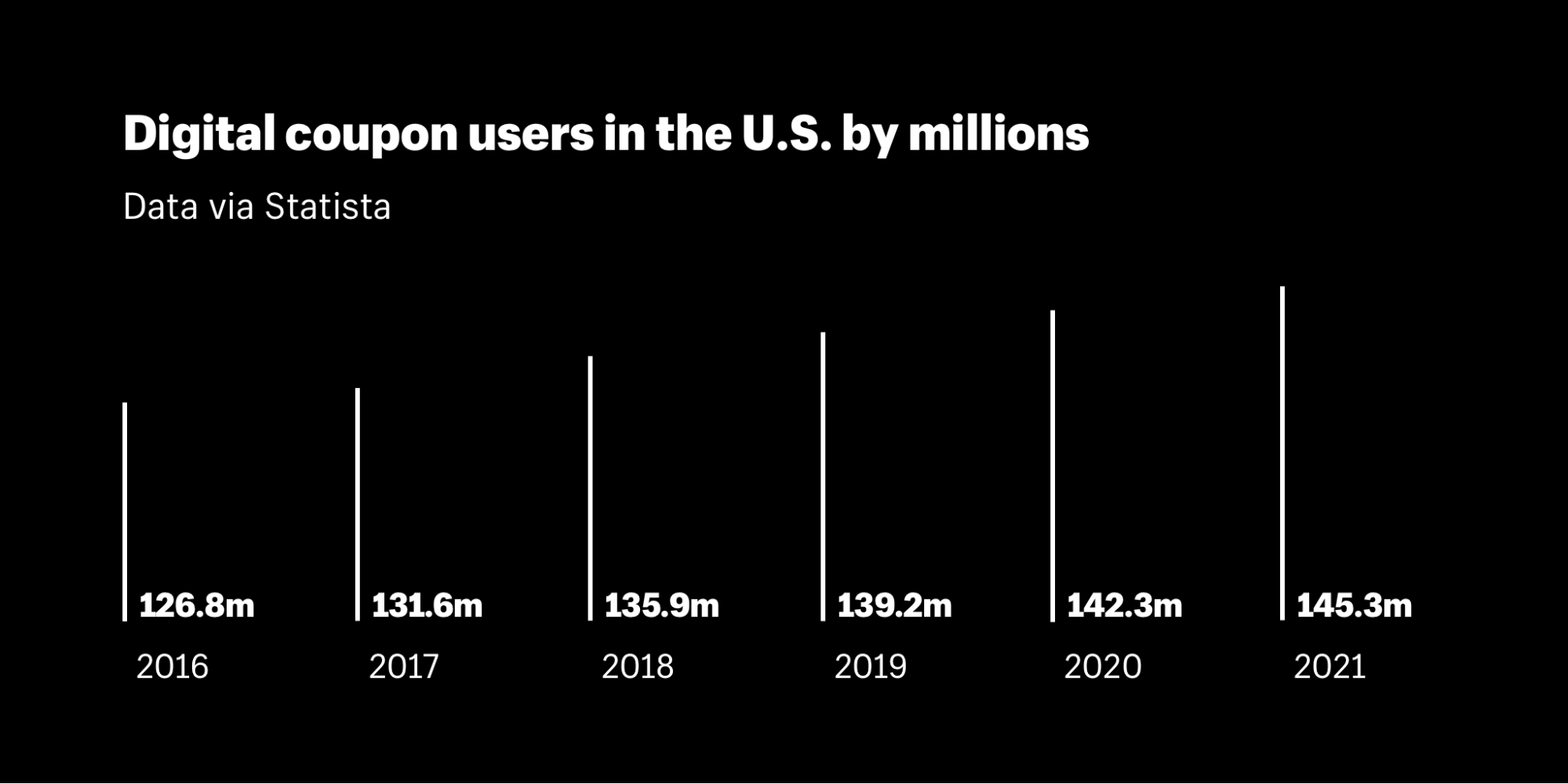
That staggering increase begs the question: how can your company capitalize on consumers’ interest in coupons, capturing their purchasing power long-term?
By offering discounts inside a bot, your company can take advantage of unique opportunities.
5. Landing Page to Bot
How does a bot seamlessly capture prospective customers’ information? By directing prospective customers from coupon landing pages to chatbots and asking a few pertinent questions:
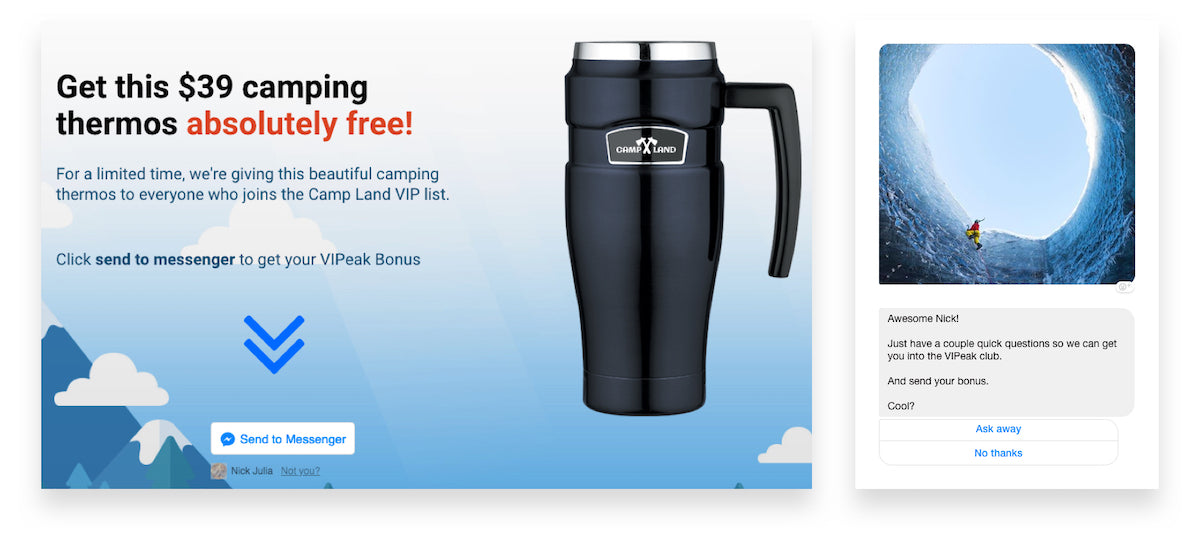
6. Coupons via Chatbots
Upon clicking “Send to Messenger,” the bot can either open with a question to encourage engagement (as above) or deliver the coupon code immediately.
Shopify owners can go into their backend and create one-size-fits-all coupon codes, such as for free shipping or a direct discount applied to an item. Alternatively, you can useShopify’s DiscountCode APIto customize the experience.
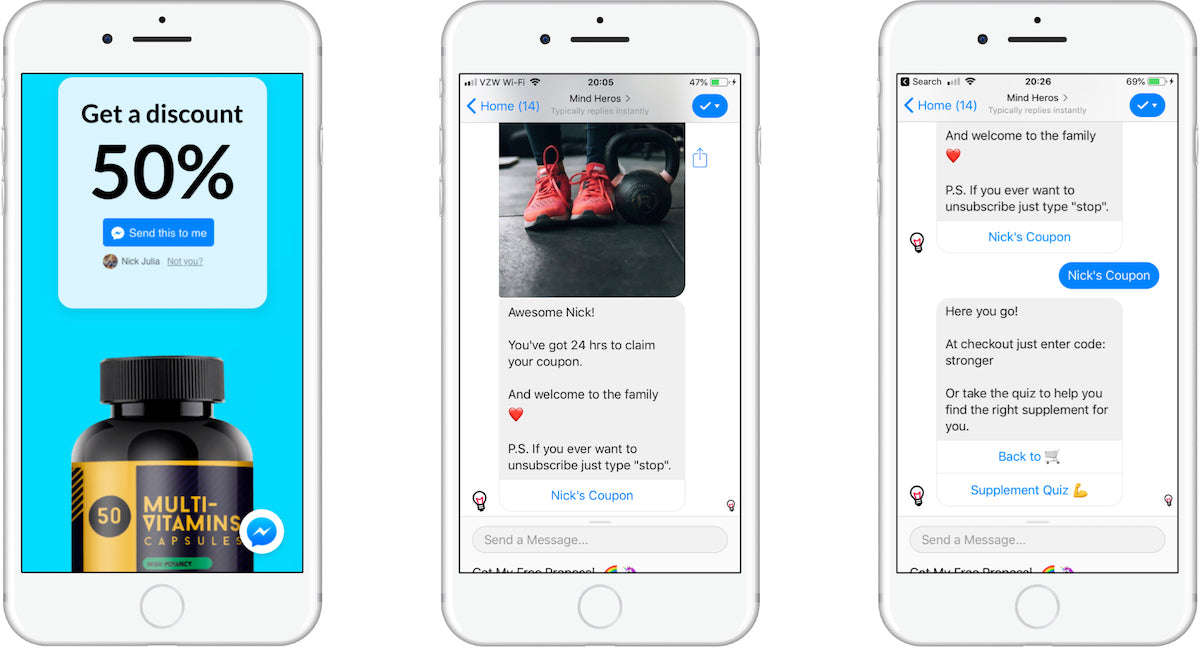
For the user, chatbots beat opt-in forms any day:
- No waiting to verify an email address
- Simple and delivers instant gratification
For the store owner, bot-delivered coupons incentivize top-of-funnel sales:
- On the backend, the bot communicates with your shopping cart to track if and when a customer purchases with the coupon
- Should the coupon remain unused, the bot follows up with the customer, asking why they didn’t redeem it and if it can do anything to help
Go Beyond the Coupon
There’s no doubt that coupons and discounts incentivize first-time sales. However, the more significant challenge is turning people into loyal customers.
VIP experiences — driven byloyalty programs— are key for retention. And chatbots are a phenomenal system.
7. Velvet Rope Experiences
Bots serve as the ultimate vehicle to deliver “velvet rope” experiences for three reasons:
- Instant gratification
- Personalization and interaction
- Ability for your customer to use the bot across devices
No matter how a person enters your chatbot, whether from a website, an ad, or otherwise, you can immediately offer a personalized experience.
According todata: 75% of consumers prefer brands to personalize messaging, offers, and experiences.
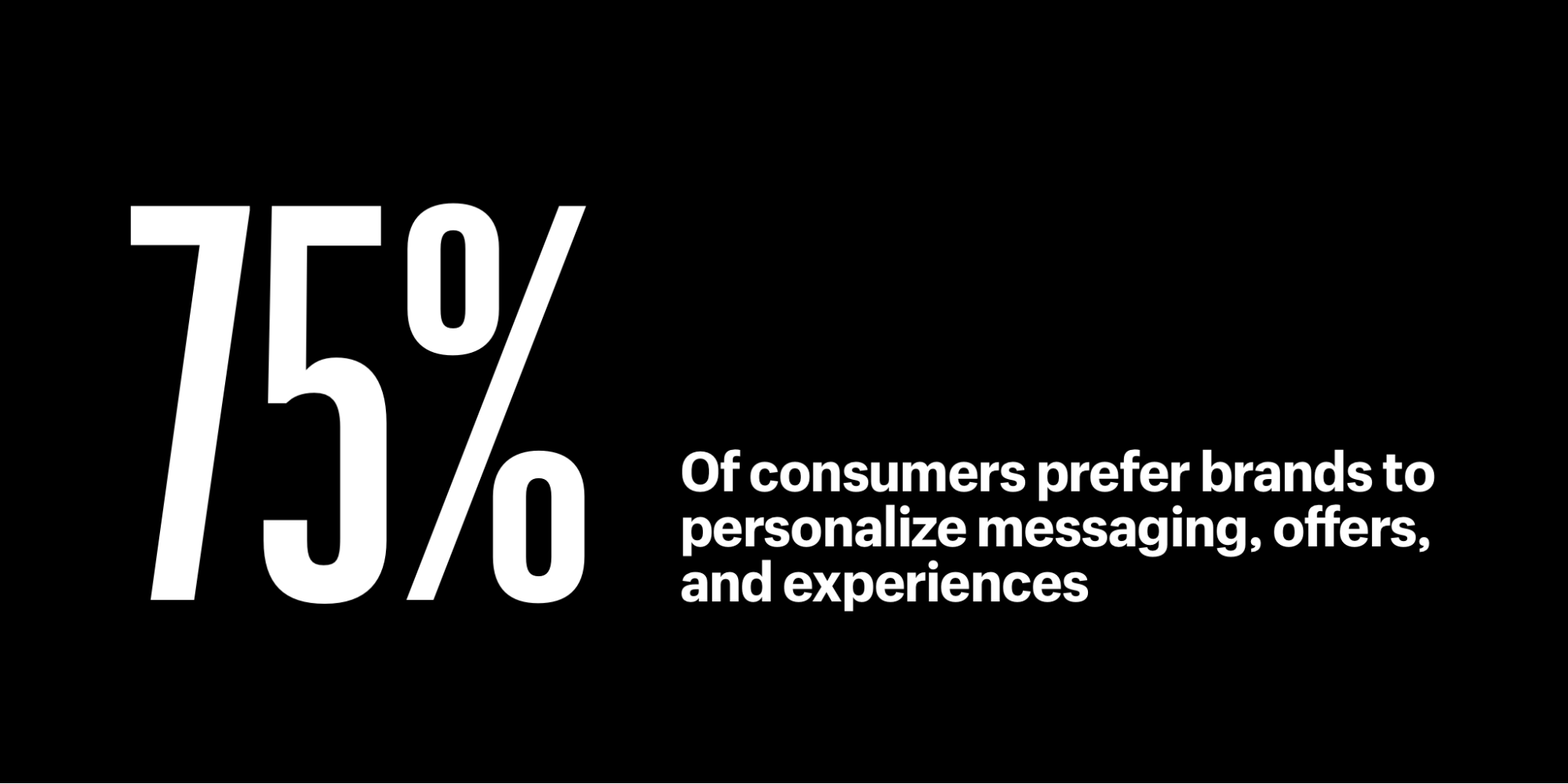
The more a person interacts, the better and more personalized the experience. It’s a self-reinforcing cycle.
However, customers need to have a consistent experience across devices. According to a Criteo study,at least 41% of transactions involved two or more devices.
Mobile purchases have grown 20% year over year. But, most online sales are still completed on desktop.
Interestingly, for Shopify merchants,mobile sales on Black Friday and Cyber Mondayoutpaced desktop sales. Shopify attributes the higher than average number ofmobile sales to mobile optimization.
Even though bots were built with this mobile dominance in mind, they still work equally well on any device. Even better — unlike apps — Messenger chatbots do not require an additional download.
8. Comment to Messenger Bot
Facebook chatbots offer a new way to drive acquisition on Facebook and Instagram. If your brand has already established a following on either platform, leverage this tactic.
How? Deliver value by way of Messenger conversations.
Organixx promotes a post to its Facebook page audience. Engagement soars, thanks to an offer of an exclusive article for bot subscribers. When someone comments on the post, Uniquely Accessorized’s bot is triggered, beginning a Messenger conversation. As soon as the person responds, they become an acquired lead.

Note: Lest you worry about an invasion of privacy, Facebook and its users welcome this use of its platform. In a comment to TechCrunch, its spokesperson highlighted the fact thatFacebook users requested the ability to engage via comments.
9. Quizzes for Personalization
Far from being a fad, quizzes consistently rank among the most shared. Quizzes inside of a chatbot are the next logical progression.
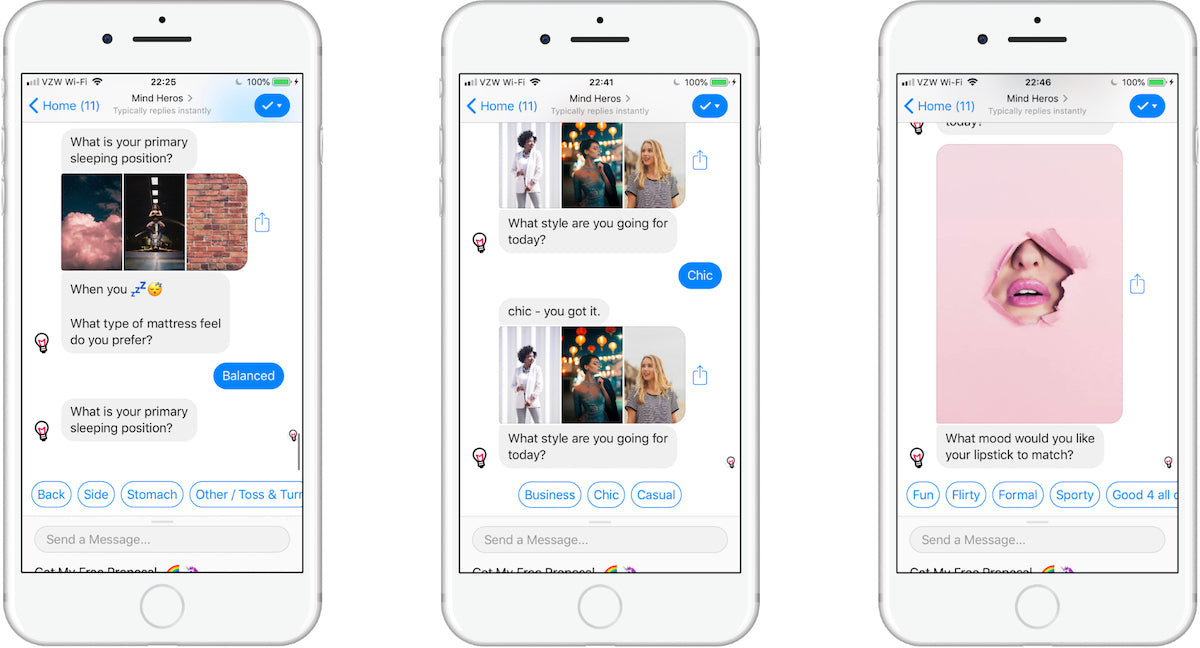
Customers love quizzes because they are interactive, engaging, and fun.
两大优势quizzes inside chatbots apart:
- By interacting with the quiz, the person immediately becomes a subscriber
- Based on quiz responses, the chatbot better serves the customer by delivering personalized content and messaging
For example, customers who answer that they prefer springtime over winter will receive a message telling them that, “Spring is almost here, you might like ‘X’ product to get you ready.”
Meanwhile, customers who enjoy winter get, “Here’s some gear to help you take full advantage of the cold while you can.”
Increase Conversions
Michael Aagaard (former Senior CRO of Unbounce) sagely contends: “Conversion rate optimization really isn’t about optimizing web pages – it’s about optimizing decisions.”
Chatbots optimize decisions and drive conversions in a number of ways …
10. Personalization Inside Messenger
Normally, personalization is based on information like IP addresses (geography), order history, and previous browsing behavior. This can reveal affinities and tastes.
But, why does a customer like a particular item?
It might be because of the print on a t-shirt. Maybe it’s the material. Alternatively, it's possible that they don’t like the Tee at all, but need it for a gift.
You don’t know. You can’t know, unless you’ve asked the customer some questions. Conversations reveal insights beyond trackable actions.
As soon as the person subscribes, you gain access to:
- Name
- Gender
- Language
- Profile pic
- 时区
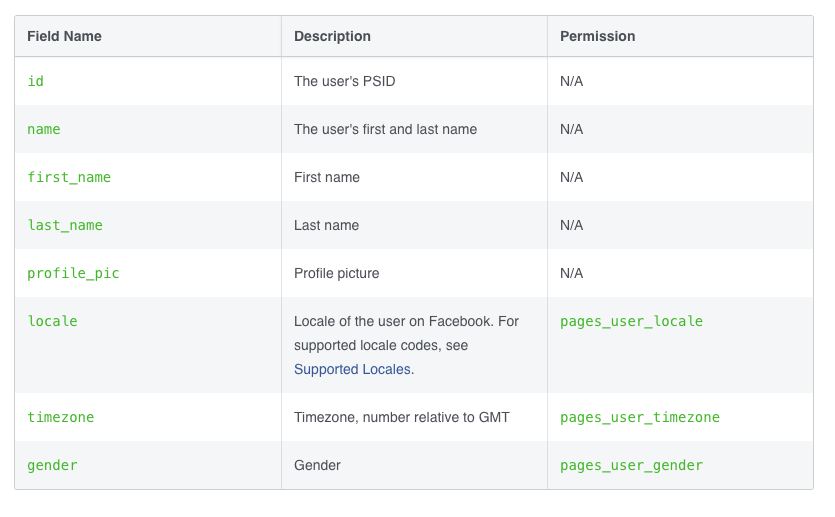
You can begin personalizing based on those variables, sending people to different flows. In practice, this means showing them different menus or initial messaging, prior to collecting any additional info from the subscriber.
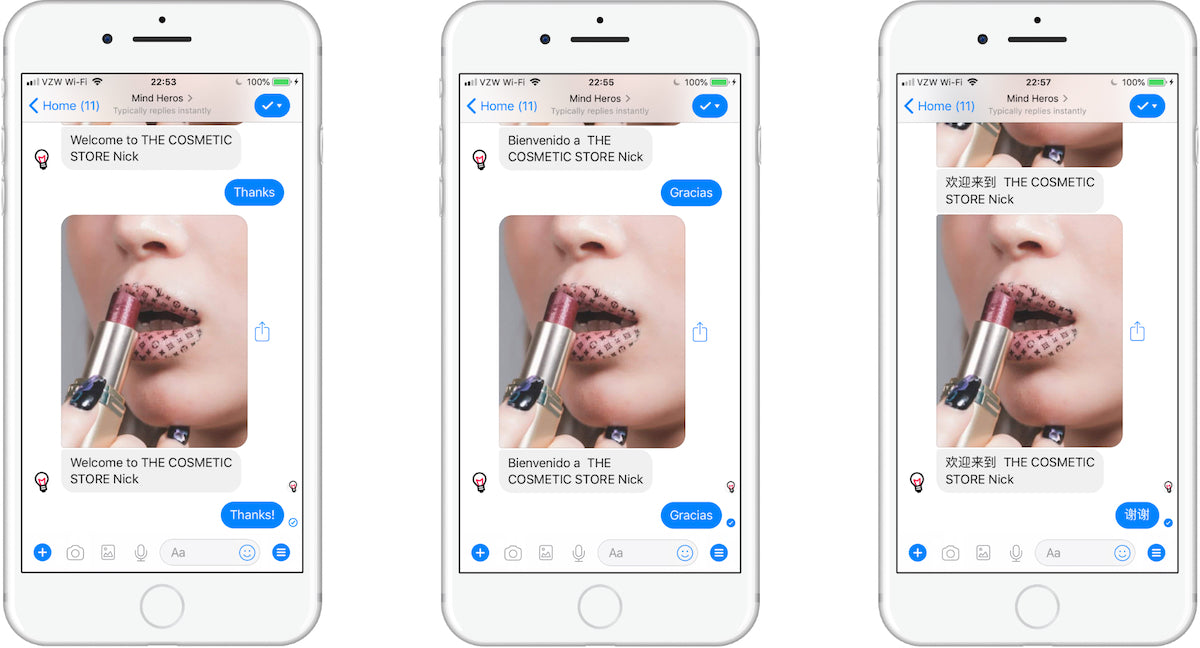
From there, chatbots achieve hyper-personalization by combining interactions like quizzes, conversational flows, and customer service inquiries with trackable actions. The more information the customer shares and actions they take, the better the bot will customize the consumer’s experience.

11. Product and Purchase Suggestions
This integral feature remains largely unimplemented in bots. Yet, it’s a natural fit because Messenger experiences are ideally suited for bespoken suggestions.
Together, product recommendations — like upsells and cross-sells — are responsible for an average of10-30% of ecommerce revenues. Upselling alone drives over 4% of total online sales.
Purchase suggestions can be highly personalized in bots by combining previously collected customer preference data (through a quiz or other interaction) with data about customer actions.
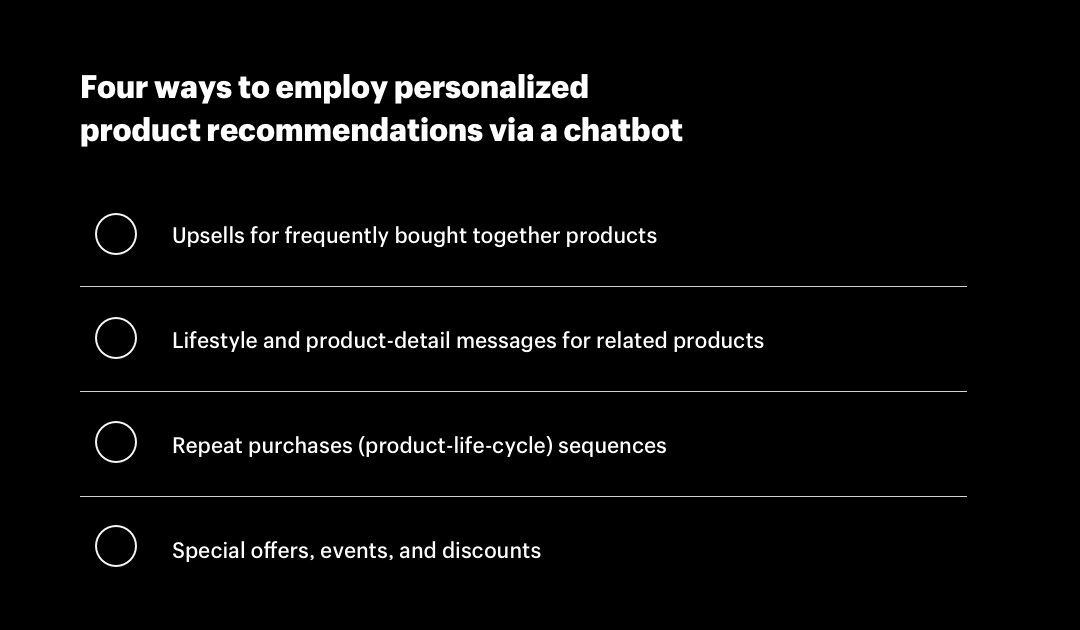
12. Increasing Conversions Using Product Help Guides
An overwhelming83% of online shoppers need assistance to complete an order. 75% of customers expect help within 5 minutes.
If they can’t get help … they will go elsewhere.
How quickly a customer gets help cultivates brand loyalty and either decreases or increases customer lifetime value by about 17%.
Does this sound like basic customer service? It’s not.
A product help guide should not be confused with frequently asked questions, though there are similarities. The product guide showcases your product, highlights the benefits of use, and proactively addresses common objections and concerns.
A great use case for product guides is where the correct sizing is critical to the sale. For example, a bike brand may ask for the user’s height to recommend the exact right size of bike.

13. Augmented Reality (AR) Chatbot Experiences
One of the biggest reasonscitedfor why people shop in-store rather than online is to experience the product before purchasing.
Withaugmented reality (AR), a customer can experience wearing, using, or living with your product. AR is the next best thing to trying the product on in person and infinitely more convenient.

While the above examples are particularly robust, within a chatbot simplicity can shine. Estee Lauder’s “Try it on” feature inside Messenger allows fans to virtually apply lipsticks before purchasing as does Sephora.

14. Product Finders to Aid Purchase Decisions
Chatbots are powerful because they largely eliminate customers having to search through pages of items. Rather than taking part in a website treasure hunt, customers can use bots to quickly find the product they need.
In this case, you’d implement a “quiz-style” product finder. This bot asks a series of questions that efficiently guides the customer to the right product(s).

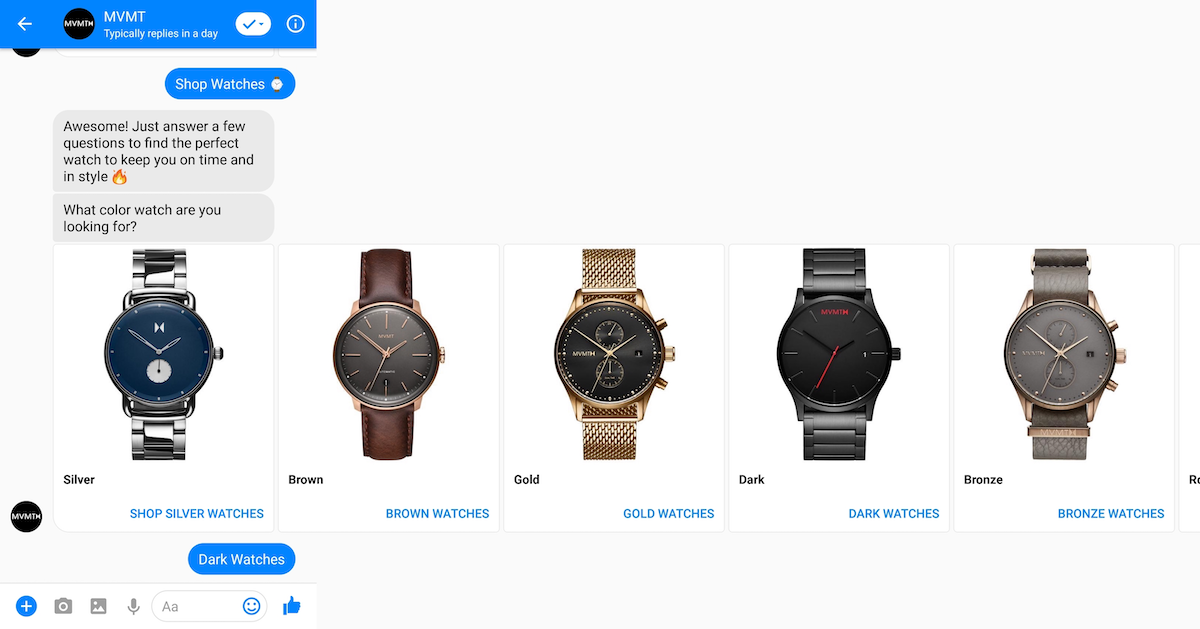
15. Messenger Cart Abandonment Recovery
Customers abandon shopping carts69.98%of the time. A well-performing abandoned cart email sequence typically wins back 10%-15% of those lost orders. While cumulative data on chatbots is hard to find, oneexamination of 547abandoned carts found:
Reminders sent by Messenger recover 13%-20% and generate 4x-10x more revenue than email.
Mind Heros— the chatbot company I run — offers a custom solution.

You can also check out something likeShopMessagethat runs natively within Shopify’s admin.
Retain and Engage Existing Customers
Transactional messages, support, and a host of post-purchase offers sent at the right time not only help increase retention but also meet the needs of each customer.
16. Transactional Messages: Untapped Revenue
In email marketing, transactional messages outperform promotional messages in both open rate and CTR. And there’s every indication that consumers like receiving transactional info by Messenger even more.
With Shopify and Facebook Messenger’s integration, you can set upautomatic and custom messagesfrom directly within your admin for:
- Order confirmation
- Shipping update
- Shipment out for delivery
- Shipment delivered
- Welcome greeting
- Collections intro
- Product messages
- Options intro
- No products

Sending these sorts of messages via a bot offers a unique opportunity to continue the conversation beyond the transactional message.
17. Post Sales Support Opportunities
客户收到后不久就咕噜咕噜叫chased item, it’s best practice to do a “post-purchase check-in.” This is particularly important if your product needs how-to instructions.
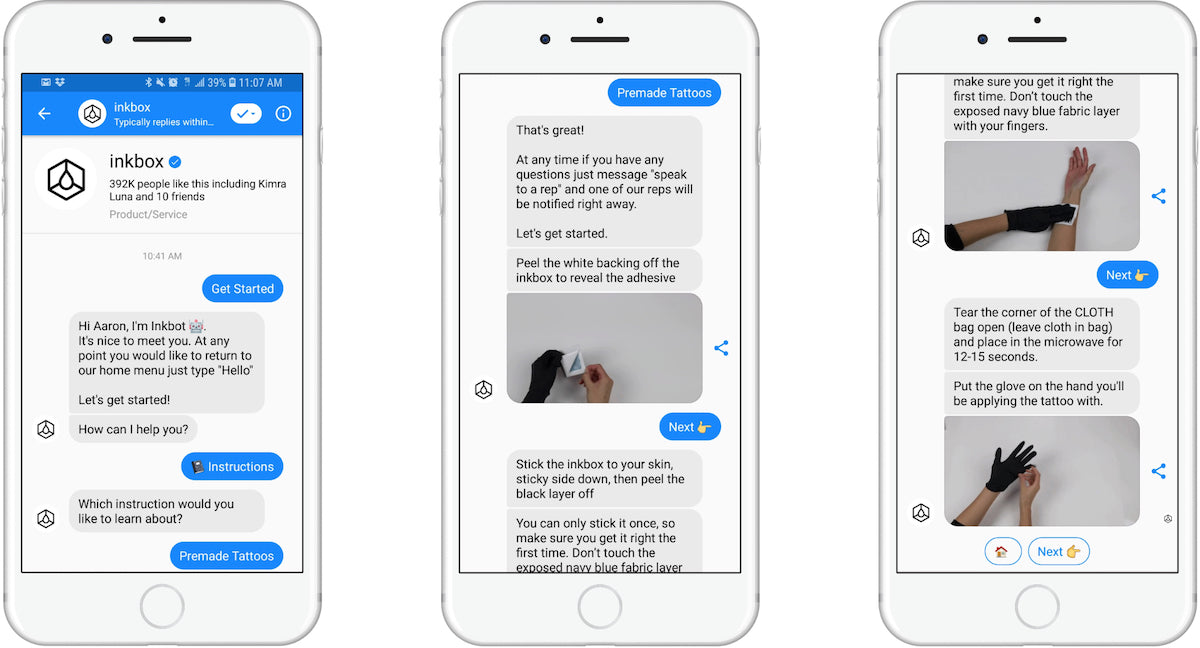

Customers can also rate products or the shopping experience. If they do write a review, two actions should automatically follow:
- Reviews can be sent directly from the bot and posted to social media networks
- 客户提示审查或recommen分享d the product to friends
Alternatively, if the customer is unhappy, a proactive customer service flow is triggered. A customer service representative is immediately notified, who then initiates a conversation with the customer to ameliorate the situation.

18. Product Lifecycle Offers
Many products have a predictable consumption cycle. Imagine, your customer is running low on your product. It’s about time to order again.
But, the customer doesn’t re-order. Maybe they forgot, or maybe they’re shopping for other options …
Serendipitously the customer gets a message from you asking, “How is your supply holding up?”
Similar emails have proven highly effective at increasing revenue for ecommerce merchants. According toOmetria, replenishment emails average
- 50-60% open rate
- 40-50% CTR
- 10-15% conversion rate
- £5-£10 in revenue per email (based on average order value of £100)
For greater effect, your messaging can take into account individual customer’s re-order cycles. The bot can send timely messages to customers based on average re-order times.
Replenishment messaging pairs nicely with subscription programs. Of customers who consider a subscription service, roughly55%convert.
Sending replenishment messages with an optional subscription increases the likelihood that the customer will either re-order or subscribe.

19. Drive Referrals Easily
Referred customers have an 18% higher retention rateand 16-25% higher lifetime value.
Not only are referred customers better customers, but they’re also better leads: 83% of those referred will check out the brand.

Getting customers to refer friends from inside a bot simplifies the process because you …
- Don’t need to capture an email address (although you can)
- Can customize messaging based on prior interactions
- Provide more incentives to share via rewards
- Reduce sharing to one-to-two clicks
20. Inspire Loyalty
Getting a customer to sign up for aloyalty programis only half the battle: 54% of loyalty memberships are inactive. Almost a third of “loyal members” abandon the program without redeeming any of their points.
An even higher percentage of people have no idea what their points balance is, or know the value of their points.
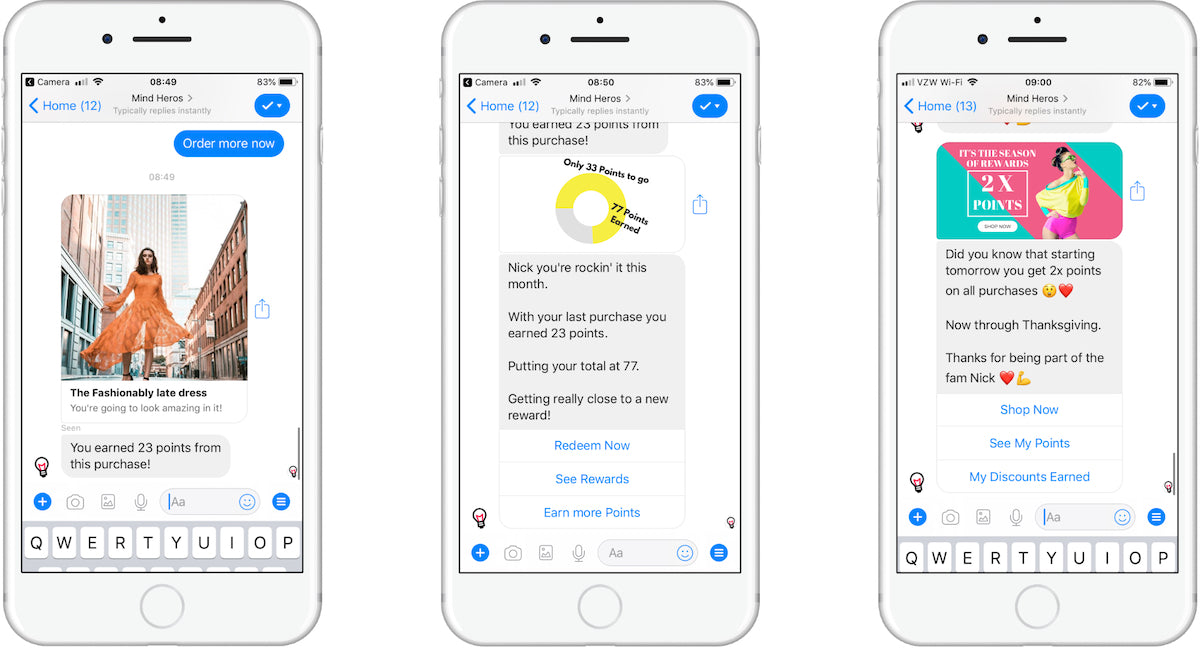
Consider using a bot to automate:
- Point balance updates and gamification
- Encourage redemption
- Reward reminders
21. User Generated Content (UGC)
We know UGC has positive effects. But, how do you get users to generate content?
Because Messenger has a built-in camera function, it’s easier to get customers to snap a photo or video and send it to your bot. The process is intuitive and familiar.
When your chatbot receives a photo, it can post the image to Instagram or other sites for the user.
You can prompt action and encourage content creation by messaging your customers at the right time. Approaching users in this way eliminates one of the most significant barriers to UGC.

22. Unboxing Experiences
Unboxing videos are another powerful form of content generated by either the company or consumers.
Why use unboxing videos?
- Provide useful product information
- Avoid buyer’s remorse
- Fuel anticipation
- Drive sales
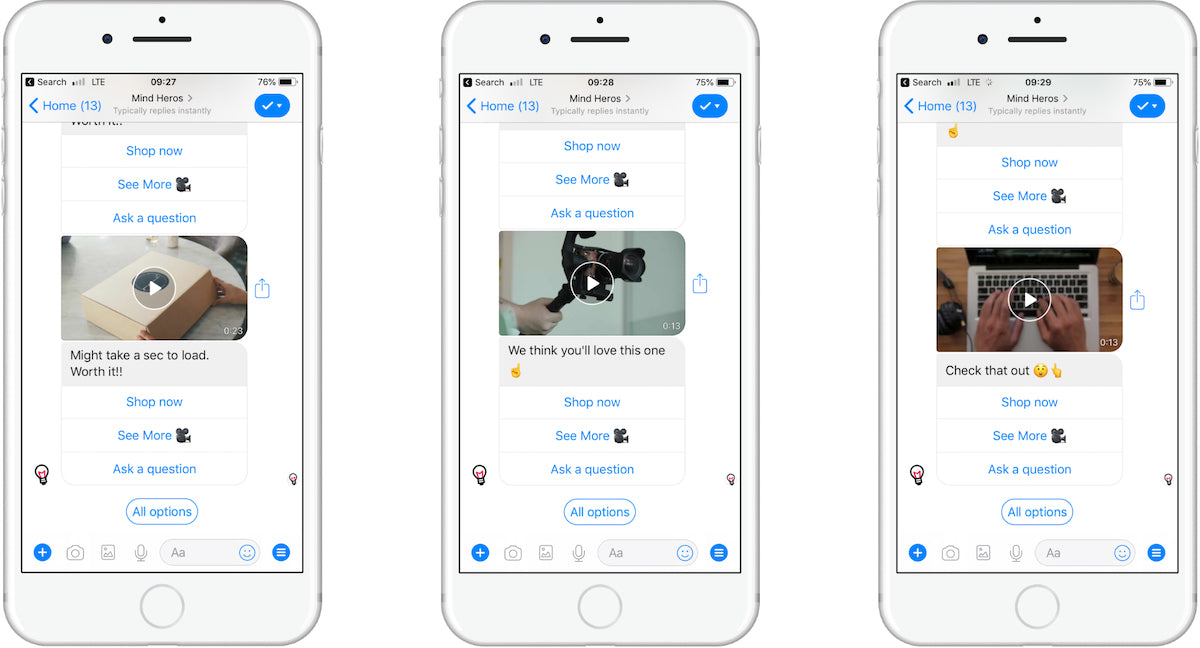
Customers researching a particular product account for62%of unboxing video views. These videos help consumers visualize products they plan to buy.
Analyzing data regarding unboxing videos posted on YouTube, Google concluded that the magic behind unboxing videos is “that they tap into the child-like anticipation we all feel for something shiny and new.”
Through a bot, you can send that magic in the form of a message at exactly the right time:
- To build anticipation around seasonal events
- When customers have shown a particular interest in a product but haven’t purchased (e.g., as retargeting ad within Messenger or as part of your abandoned cart sequence)
- Soon after a purchase but before delivery of the product; this builds excitement and confirms the purchase decision with social proof
- Immediately after delivery to get UGC of the unboxing experience itself
Chatbots Are Changing the Face of Ecommerce
我们已经探索了聊天机器人如何直接影响online sales. They also have far-reaching effects that can be leveraged offline as well. Merchants trying to implement an omni-channel strategy across physical locations can leverage Messenger scan codes, present special location-based offers, and even offer live chat in-store.
Soon, bots will be an essential part of both the online and offline shopping experience.
About the Author

Nick Julia is the Founder ofMind Heros, a chatbot and growth marketing agency that generates swoon-worthy results for ecommerce companies. He is a recovering lawyer who found his passion in marketing and has a penchant for fun in life, work, words, and friends. He’s also half French and not sure why he told you that. You can connect with him onMessenger,Facebook, orLinkedIn.
Read More
- 5 Easy Tips For Getting Started With Conversion Rate Optimization
- Resources to Help Merchants Get Online Fast, Optimize Stores, and Scale
- 15 Conversion Rate Optimization Strategies from the Top Fashion Brands
- Native Advertising for Ecommerce: From Content Discovery to Scaling Sales
- The Dark Side of Entrepreneurship with Data & Resources for Help
- Selling $3 Billion on Autopilot: Less Effort, More Growth via Ecommerce Automation
- 10 Best Omni-Channel Retailers and What You Can Learn From Them
- B2B Ecommerce Features for Acquiring, Selling & Retaining Customers
- Hypefest 2018: O2O Examples from the Forefront of Marketing & Retail






